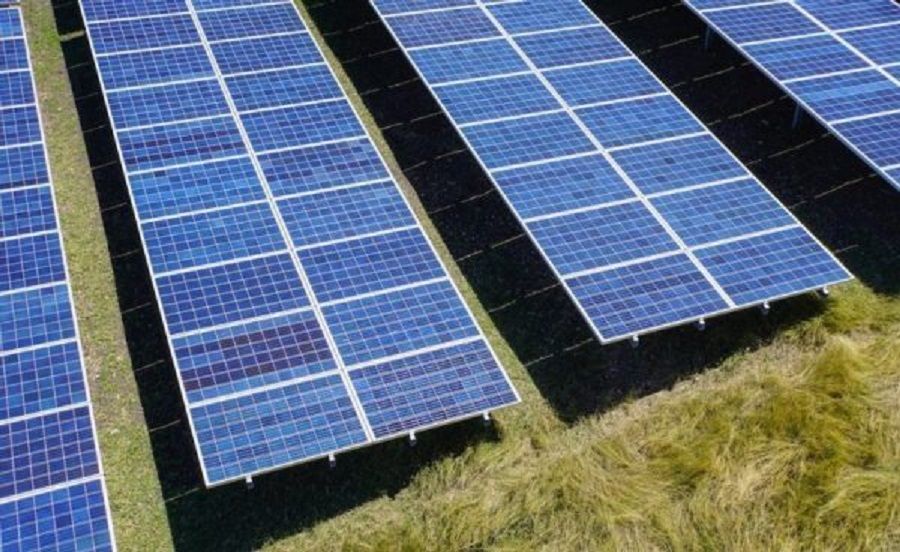India will add 7-7.5 GW solar capacity (including around 1 GW of rooftop solar) in FY 2019-20 as against a subdued 6-6.5 GW last year, according to research and ratings agency ICRA.
Apart from the projects awarded through the bid route, ICRA expects about 1 GW to be added through open access/group captive route and grid-connected rooftop, with these additions being facilitated by favourable solar policies for open access route in a few states.
Explaining the uptrend, Girishkumar Kadam, sector head and vice president–Corporate Ratings, ICRA, said: “Tendered project awards for solar PV projects during CY 2018 stood at about 11 GW against 4.5 GW in CY 2017, providing a healthy pipeline for capacity addition over the next 2-year period.”
“Nearly, 56% of the capacity auctioned in CY 2018 has been accounted for by central agencies such as Solar Energy Corporation of India (SECI) and NTPC Ltd, with the balance by state nodal entities/discoms under various state-level programmes,” Kadam added.
Tariff viability
With a decline in PV module price level during CY 2018 and aggressive bidding by independent power producers (IPPs), the weighted average solar bid tariff during CY 2018 remained low at Rs 2.73/unit as against Rs 3.01/unit in CY 2017 and Rs 5.01/unit in CY 2016.
In this context, the viability of such tariffs critically hinges on timely project execution as per the power purchase agreement (PPA) timelines, availability of debt with longer tenures at competitive funding cost and the ability of project developers to keep the cost of modules within the budgeted levels.
There have also been a few favourable regulatory orders for solar IPPs by Central Electricity Regulatory Commission (CERC) on GST relief in Nov 2018 as well as by State Electricity Regulatory Commission (SERC) in Maharashtra in Feb 2019, for allowing impact of safeguard duty under change in law for the affected developers. However, timely implementation of these orders remains to be seen and the same remains a key monitorable for the affected IPPs.
This content is protected by copyright and may not be reused. If you want to cooperate with us and would like to reuse some of our content, please contact: editors@pv-magazine.com.









By submitting this form you agree to pv magazine using your data for the purposes of publishing your comment.
Your personal data will only be disclosed or otherwise transmitted to third parties for the purposes of spam filtering or if this is necessary for technical maintenance of the website. Any other transfer to third parties will not take place unless this is justified on the basis of applicable data protection regulations or if pv magazine is legally obliged to do so.
You may revoke this consent at any time with effect for the future, in which case your personal data will be deleted immediately. Otherwise, your data will be deleted if pv magazine has processed your request or the purpose of data storage is fulfilled.
Further information on data privacy can be found in our Data Protection Policy.